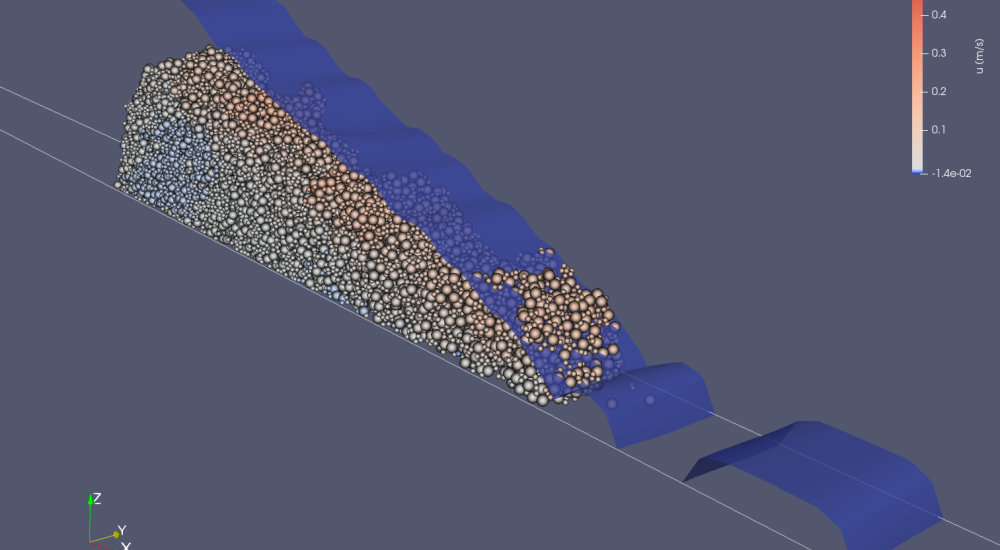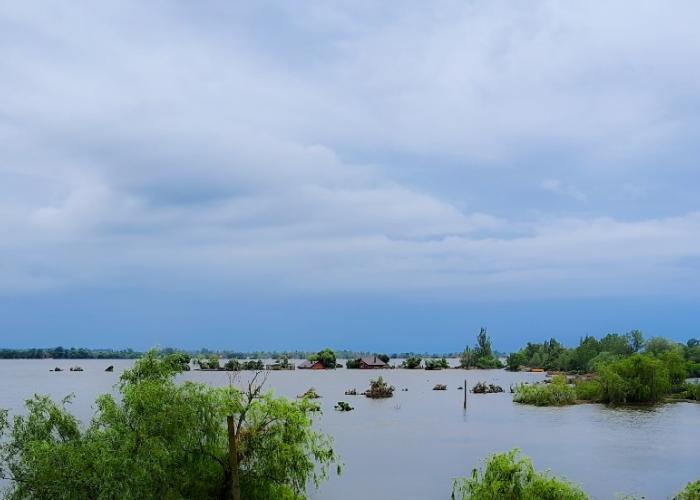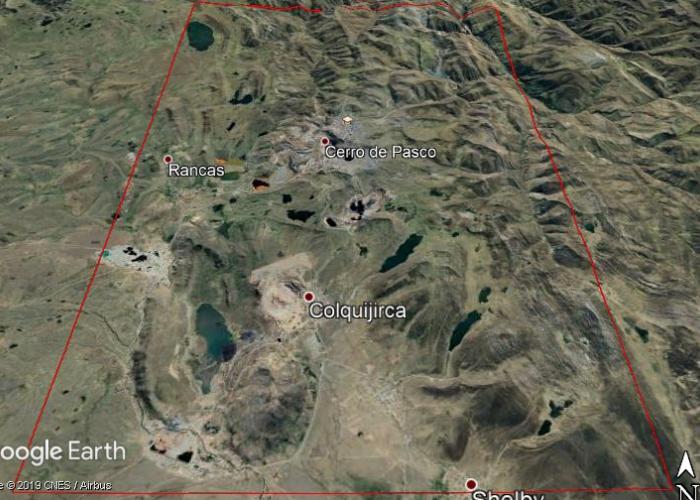Dam breach paper to be presented at ICOLD conference
We are writing a paper on our next generation breach model to present at the ICOLD conference this autumn. Our team will explain how we are using Computational Fluid Dynamics (CFD) to further improve modelling accuracy, helping avoid potentially catastrophic impacts on people, properties and the environment when dams and flood embankments fail.
In the past few decades, many advances have been made to improve the accuracy of breach modelling, which is a fundamental stage of flood risk assessments or emergency plans, enabling a precise estimation of areas and people that are prone to risk and plan in order to reduce the damage to properties and the environment.
Over the years, our researchers and others have developed tools that include physically based one and two dimensional numerical models that consider the various processes that occur during the breach of a dam or a flood defence. Our suite of existing tools are available at www.dambreach.org.
We are trying to further improve breach modelling by exploring the possibilities of using CFD models to simulate a breach, and our ICOLD paper will describe this work. We will include examples of using those codes, showing the challenges in setting up CFD models, making a decision on the various parameters required for such models and computational power needed to run a simulation.
In our paper, we will be making a number of near future and long-term recommendations for the use of CFD for breach modelling.

Dambreak simulation through an opening using OpenFOAM. Water surface is colour-coded with elevation, h (m).

Overtopping flow on a particle-packed dam structure using a CFD-DEM code. Particles are colour-coded with streamwise velocity, u (m/s) of the flow.
Want to know more?
Further information



